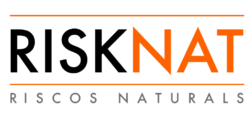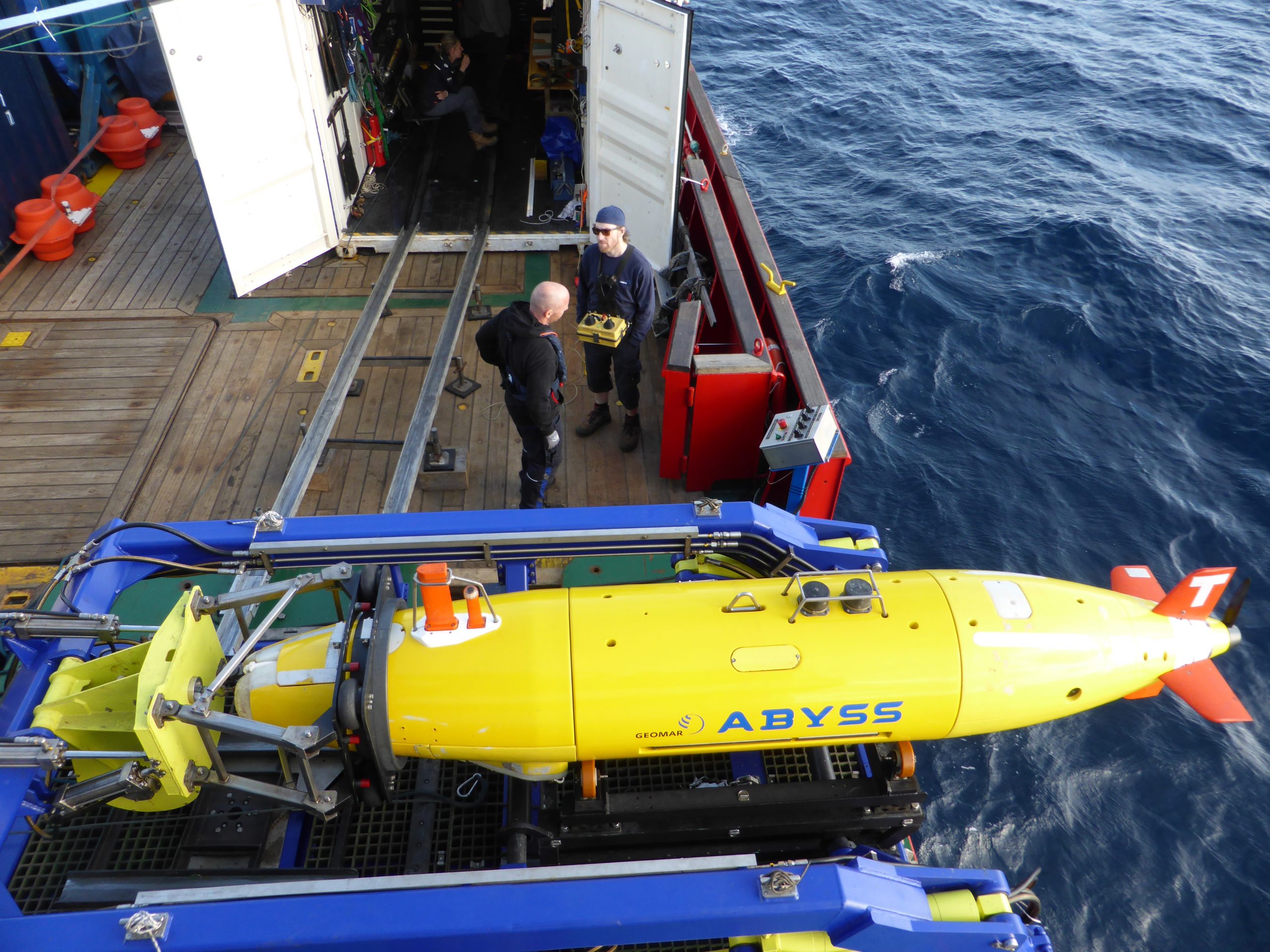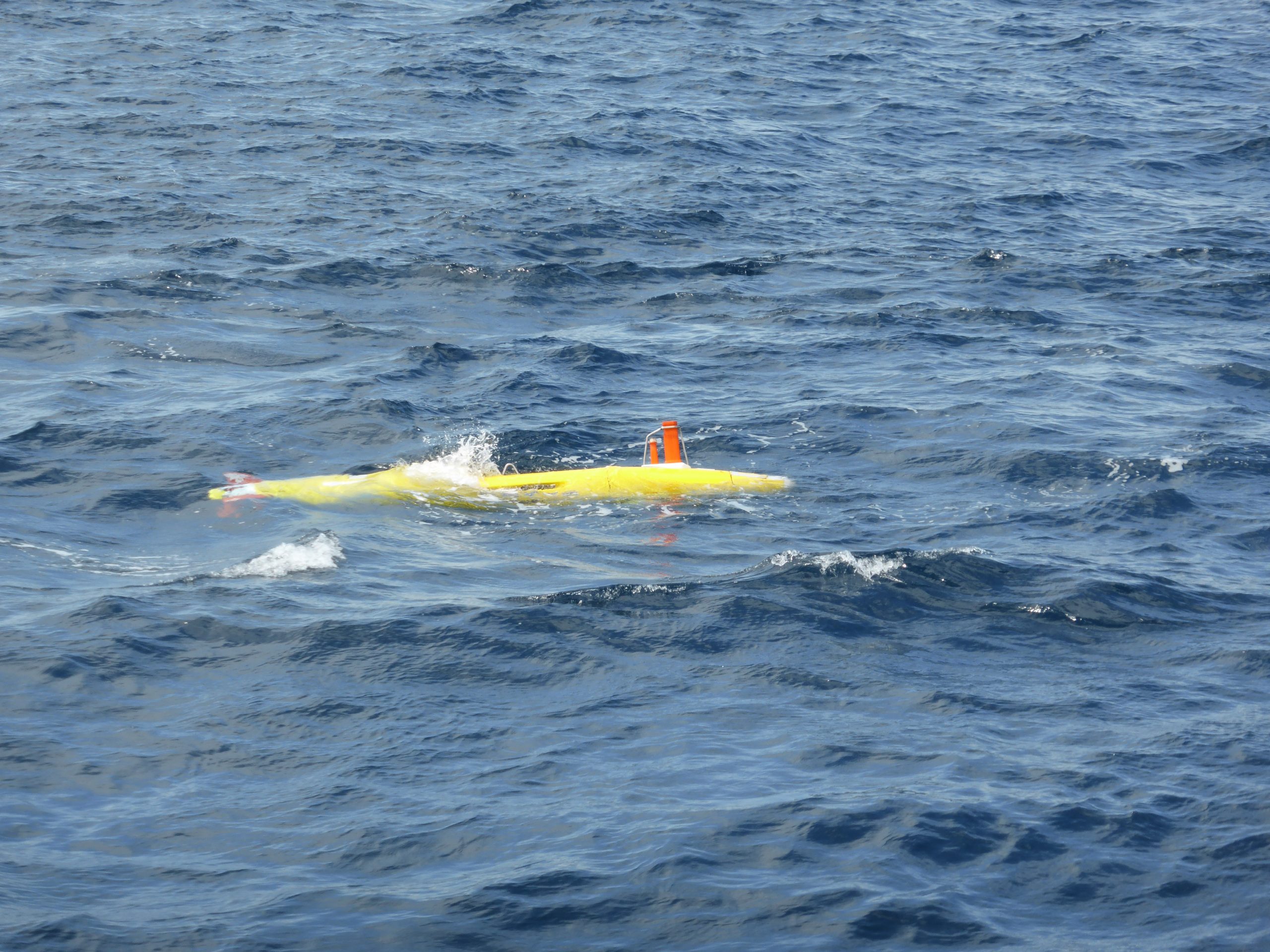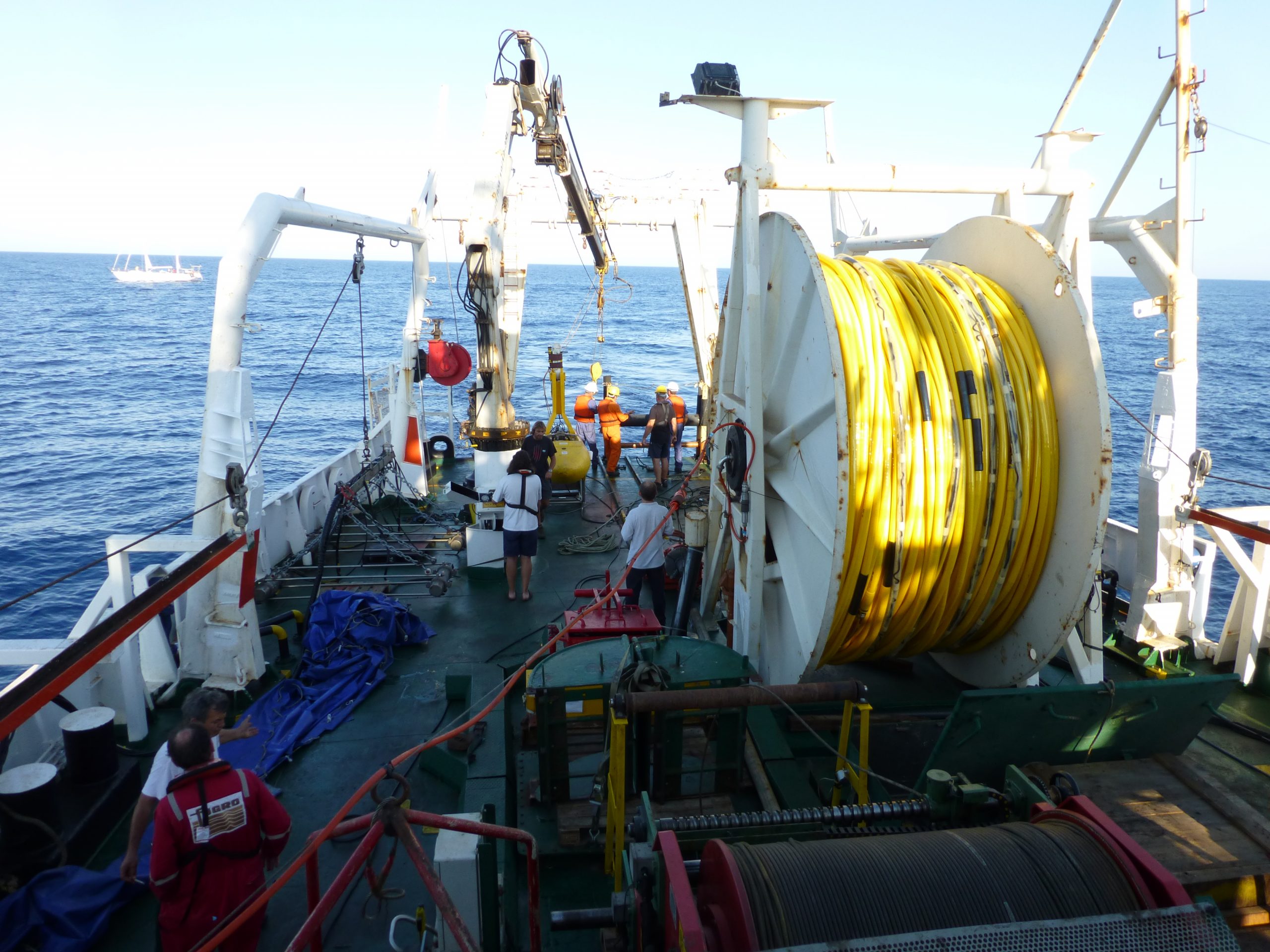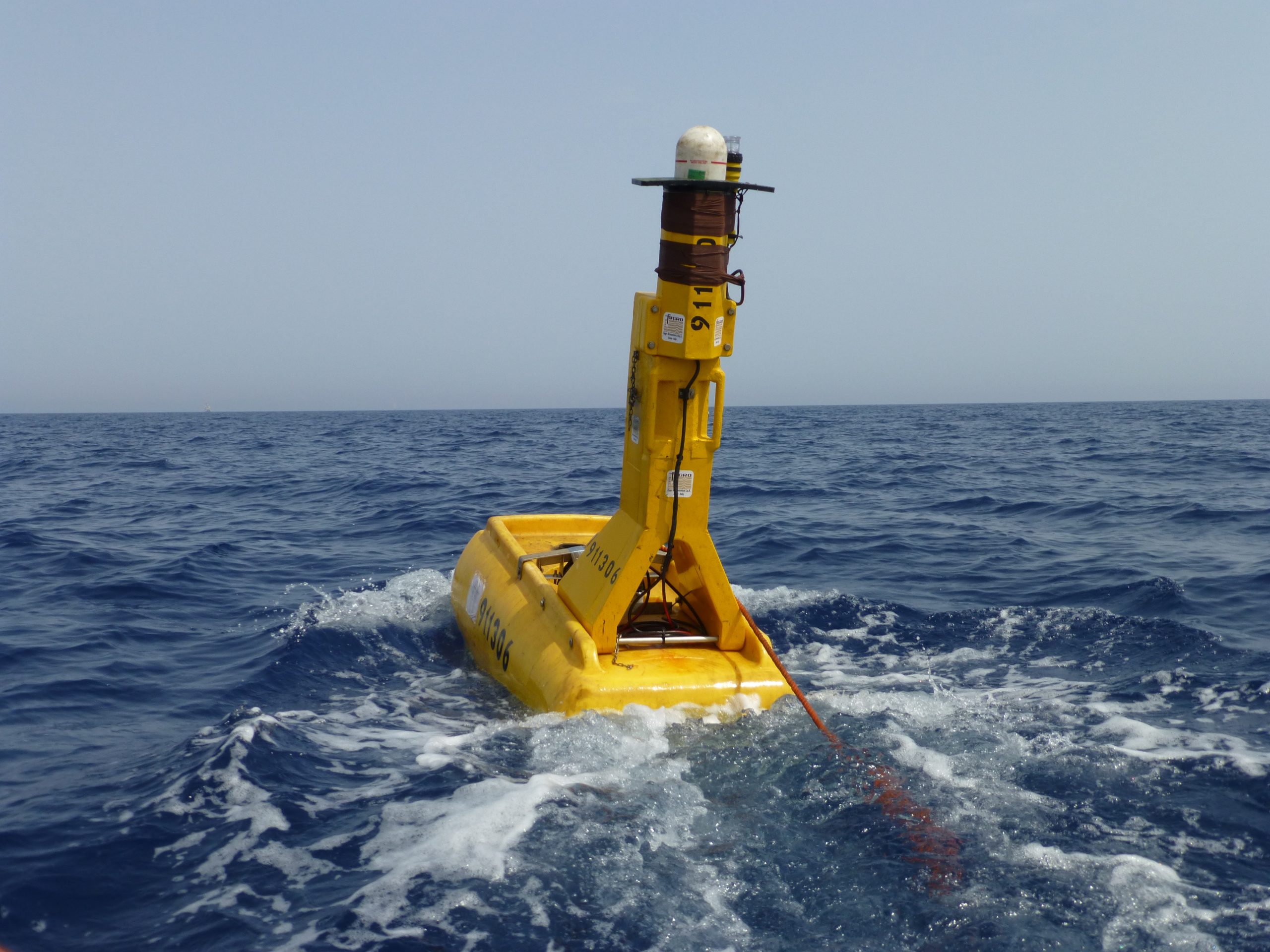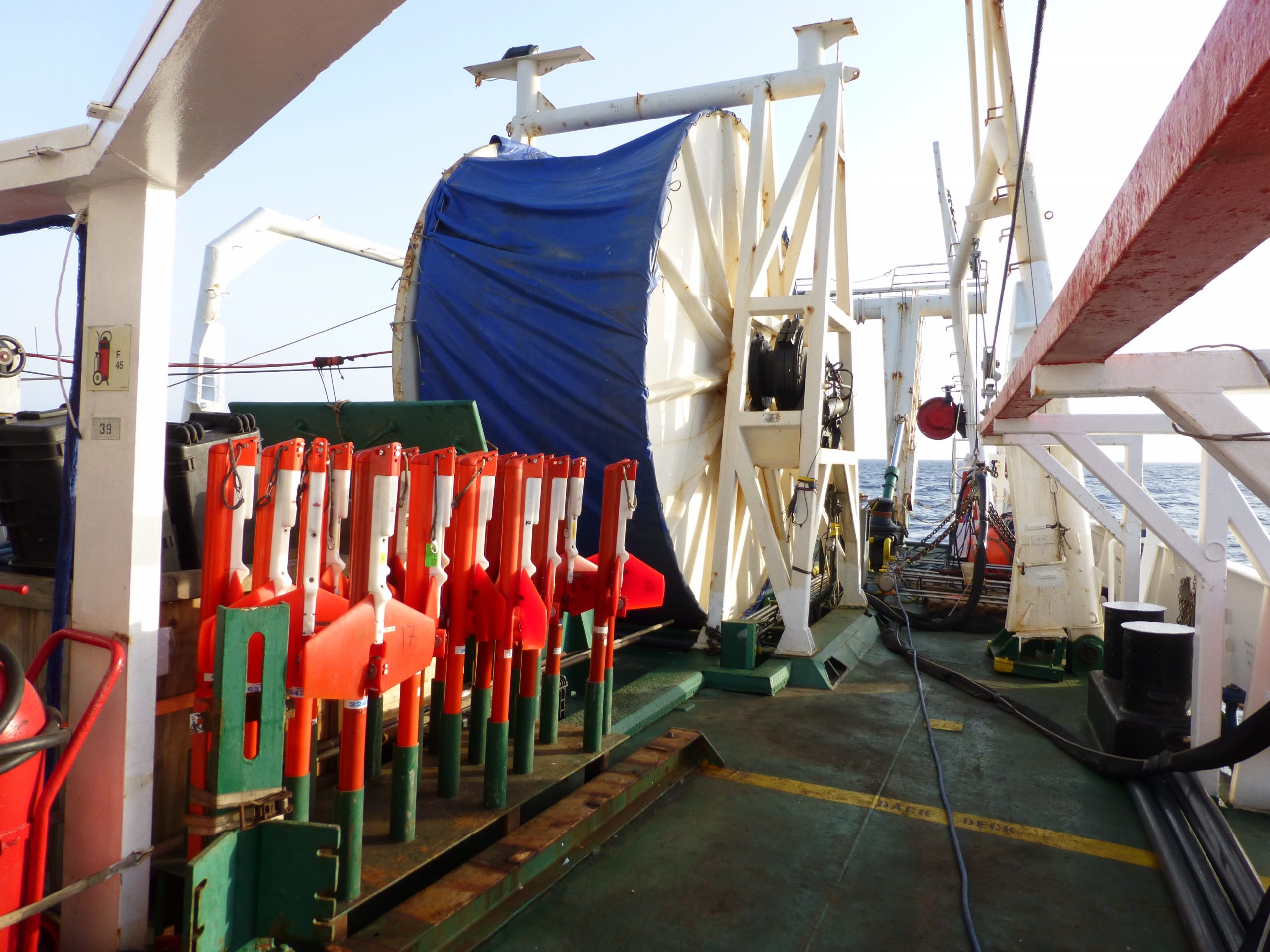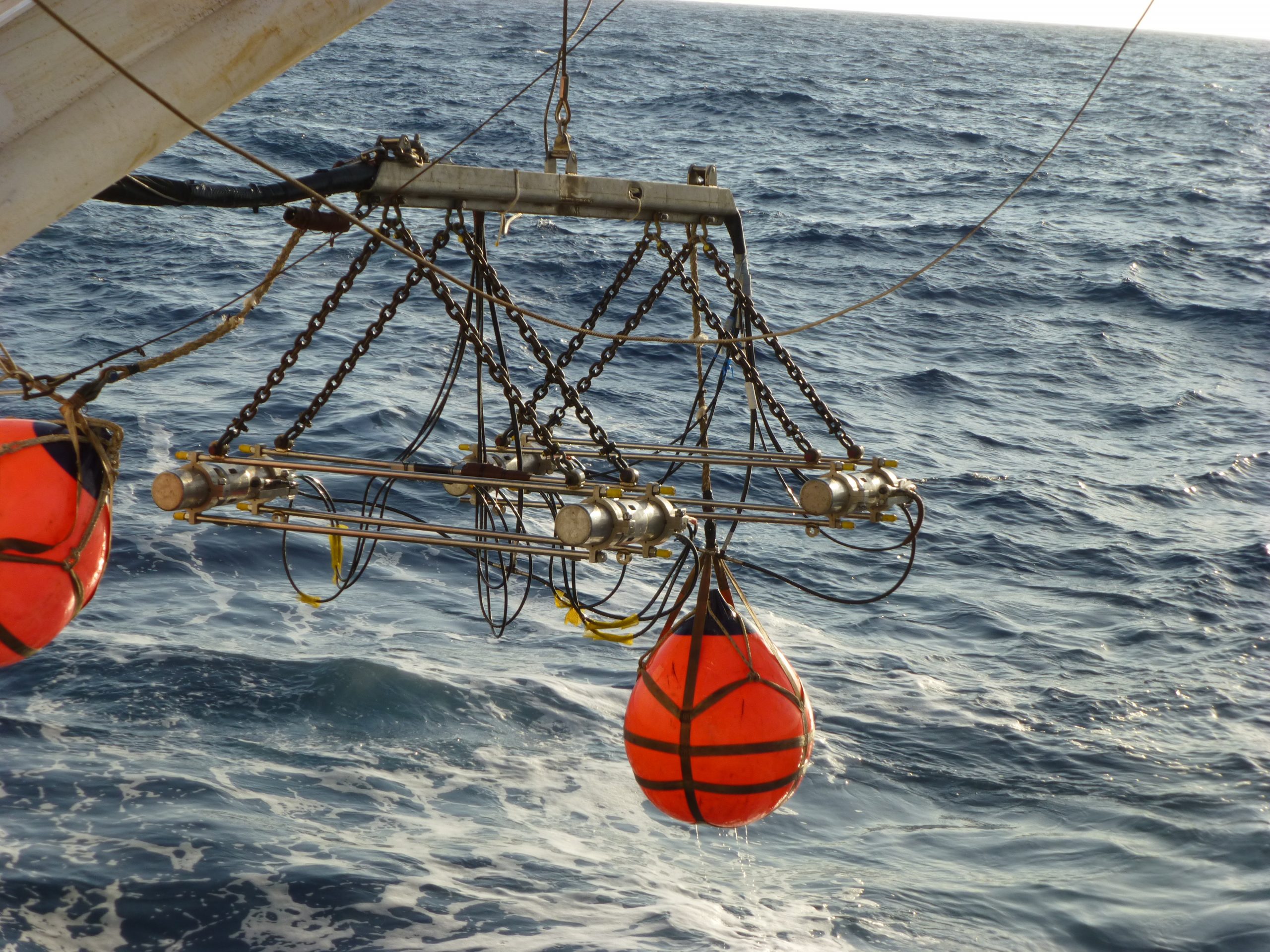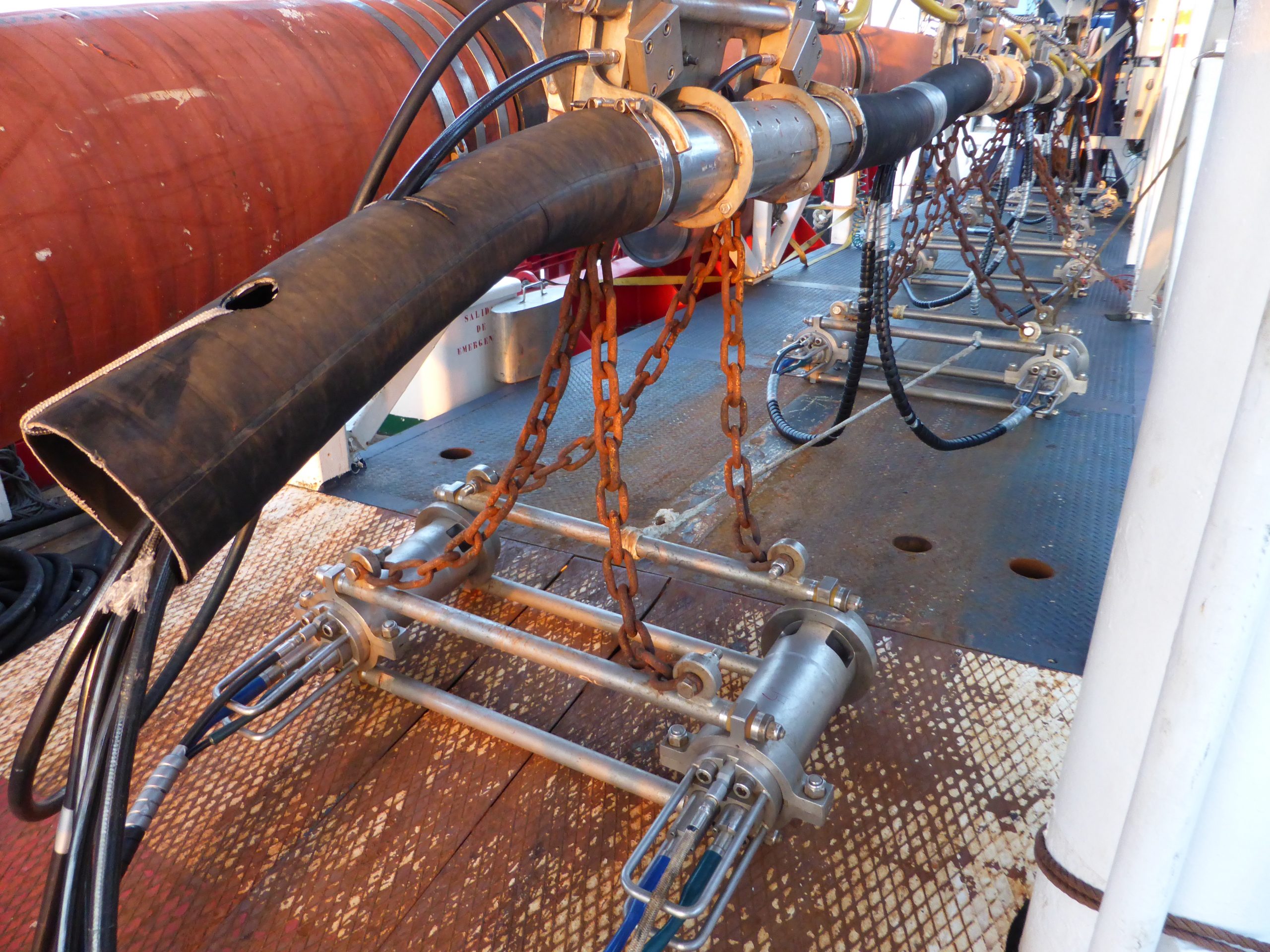Acoustic techniques such as swath-bathymetry and derived backscatter allow seafloor geomorphological studies depicting recent and active geological processes. They provide information on presence of fluid seepage structures such as mud volcanoes and pockmarks and the occurrence and extension of near-surface faults or areal coverage of submarine landslides. Multibeam bathymetry-derived backscatter is also important to understand lateral variability in sediment composition and provides additional clues on sedimentary/diagenetic processes such as the presence of carbonate crusts. Multibeam systems also collect water column imaging data, which allow to visualize scatters in the water column such as gas bubbles. These data inform the location of active gas seepage from the seafloor into the water column.
Lower frequency tools such as sub-bottom profilers allow identifying the shallow structure and sedimentary units in the first tens of meters below the seafloor with a resolution of a few dm. Recent and past sedimentary processes can be inferred from acoustic facies. These data can also be used to identify faults, characterize mass-wasting deposits and determine the presence of gas. We also use seismic reflection methods to image the geological structure and the sedimentary infill of basins at greater depth and apply novel methodologies such as diffraction imaging.
